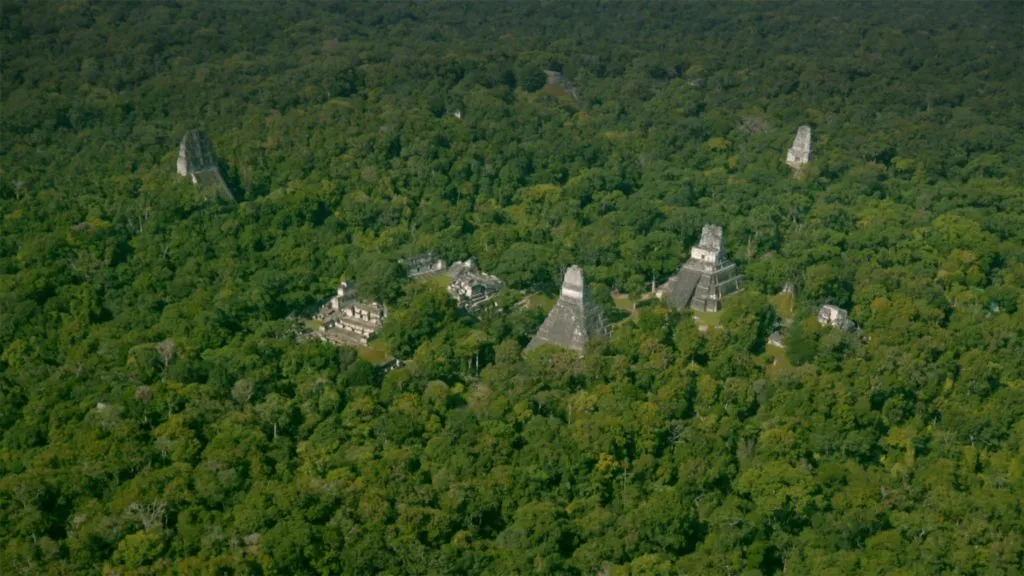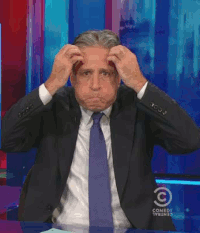
Shocking LiDAR discovery astounds Maya civilization experts

Courtesy Wild Blue Media/National Geographic
 Mind=blown. That’s the popular sentiment in archaeological circles right now. Maya experts have just learnt that the ancient civilization was home to “millions” more than previously thought. A sprawling network consisting of man-made edifices like homes, roads, citadels, canals, and even pyramids, has been discovered under the thick jungles of northern Guatemala, indicating that we had massively underestimated the reach and complexity of the pre-Columbian civilization. More than 60,000 structures have been revealed.
Mind=blown. That’s the popular sentiment in archaeological circles right now. Maya experts have just learnt that the ancient civilization was home to “millions” more than previously thought. A sprawling network consisting of man-made edifices like homes, roads, citadels, canals, and even pyramids, has been discovered under the thick jungles of northern Guatemala, indicating that we had massively underestimated the reach and complexity of the pre-Columbian civilization. More than 60,000 structures have been revealed.
And no, this discovery was not made by an expedition team traversing through the wilderness; it is a result of plain and simple geospatial awesomeness. Researchers used LiDAR (short for Light Detection and Ranging, but also referred to as “magic” by some archeologists) to map some 2,100 square kilometers of Maya Biosphere Reserve in Guatemala. They were able to achieve unprecedented results because unlike conventional aerial surveys, the laser pulses from the LiDAR instruments can penetrate through the tree canopies and see what lies beneath.
Francisco Estrada-Belli, a Tulane University archaeologist and National Geographic Explorer – and part of the consortium of researchers who reported the breakthrough – explains that this revelation means Maya civilization was at least 2 to 3 times bigger than previous estimates. While earlier projections estimated that Maya settlements were home to 5 million people, these new findings would easily put that figure in the range of 10 to 15 million people.

Courtesy Wild Blue Media/National Geographic
LiDAR was able to detect signs of habitation in many low-lying, swampy areas which specialists thought were unfit to live in. Turns out, Mayan would control the flow of water through a meticulous network of canals, dikes, and reservoirs. “LiDAR is revolutionizing archaeology the way the Hubble Space Telescope revolutionized astronomy. We’ll need 100 years to go through all [the data] and really understand what we’re seeing,” says Estrada-Belli.
Well, even a hundred years may not be enough because this survey is only the first phase of the PACUNAM LiDAR Initiative, a three-year project that will eventually map more than 14,000 square kilometers of Guatemala’s lowlands, the National Geographic reports.






